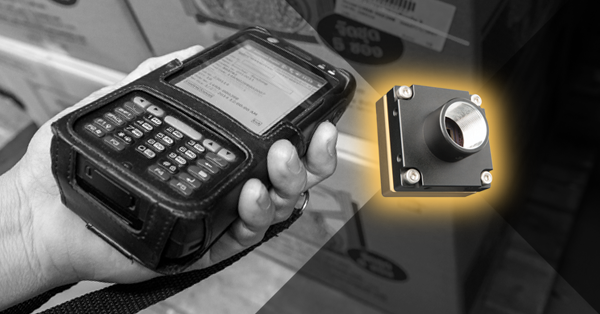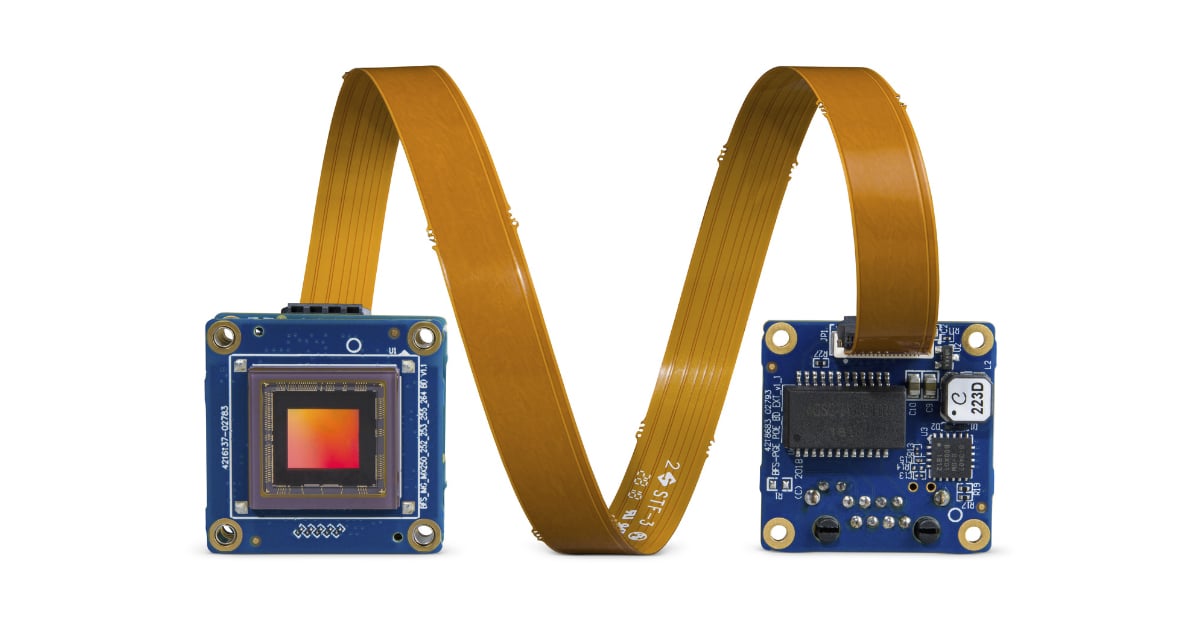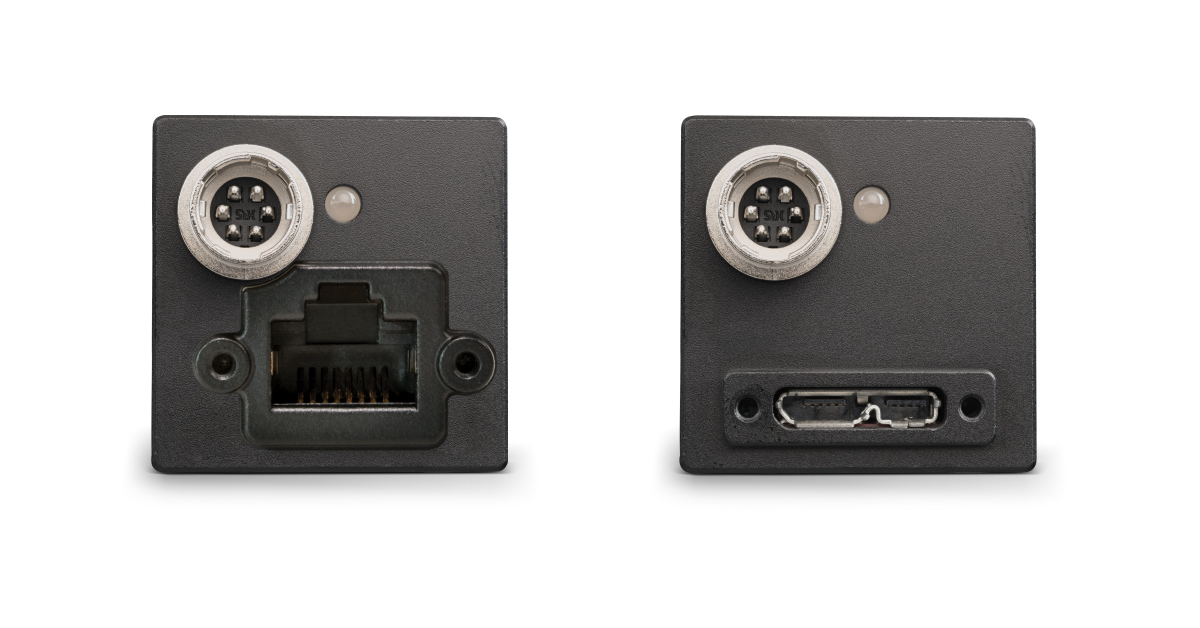Affordable Eye Tracking using the FireflyMV USB2
While computers have undergone revolutionary changes in power and capability during the last 30 years, the way we interface with them is only now just starting to change. We're almost mouse-less, touch screens are well developed, and even voice commands have become mainstream. One of the last frontiers in human computer interaction is eye movements: controlling devices with the minute movements of our eyes.
![]()
No hands!
The list of benefits of non-contact interaction is long. It includes everything from relieving painful chronic health hazards such as carpal tunnel syndrome; to providing simple and easy ways to interact hands-free; to providing additional communication modalities for persons with disabilities. However, options for enabling eye-based interaction can be both invasive and are often expensive. For example, scleral search coils can be embedded into a contact lens or electrodes are attached to the face near the eyes. It is easy to understand why non-invasive camera-based video eye tracking systems are a much preferred solution.
![]()
Since the 1970s, national defense agencies and specialized system manufacturers have developed video-based methods such as heads-up displays for fighter pilots to track eyes movements. But these systems have been limited to niche applications by the availability of camera and CPU processing power. Only in the last decade have high-quality affordable cameras become available, featuring consumer-friendly connectivity (USB 2.0), as well as sufficient low-cost CPU power to enable video-based non-contact methods for eye tracking.
Gazepoint: Eye-Tracking Made Convenient and Affordable
Today, several eye tracking companies offer video-based eye tracking computer interface solutions. However, Gazepoint's GP3 is the first eye tracker that delivers the high-end performance of professional-grade eye tracking solutions at a consumer price point.
The GP3 is a desktop eye tracker and is designed to remotely (non-contact) measure where a user is looking on a laptop or monitor screen. In order to compute the point of gaze, infrared lights are used to illuminate the scene which reduces sensitivity to ambient light. The eye tracking system easily attaches to any flat-screen monitor and includes a FLIR board-level Firefly MV mono USB 2.0 camera with microlens and infrared (IR) pass filter, a compact IR LED light, 3D-printed housing, and associated control and I/O electronics. FLIR's FlyCapture SDK captures the images and transfers the image data to a highly optimized Computer Vision-based image-processing program that processes the images of the user, isolates the eye, tracks retinal movements, and converts those movements into computer control data.
![]()
The Right Camera
Gazepoint's engineers initially considered a number of low-cost cameras from China, India, and other locations. These cameras, however, could not compete with the FireFly MV's machine vision features, including board-level availability with global shutter, customizable image correction functionality, USB 2.0 and general-purpose input/output (I/O) connectivity, good IR sensitivity, 60 fps, and low cost.
![]()
"The high-quality machine vision camera from FLIR, available at a low price point, really enables our application," explains Gazepoint's founder, Dr. Craig Hennessey. "This gives the Gazepoint GP3 eye tracker two competitive advantages. First, for applications that traditionally use eye tracking such as market research or academic research, an affordable unit signifies the potential to significantly ramp up data collection. At a cost that is one to two orders of magnitude lower than traditional eye trackers, 100 subjects may be tracked at the same time instead of one. Second, our affordable unit, as well as our unique 'no strings attached' developer program, promotes the development of creative eye tracking applications in new and emerging domains such as gaming, art, and general human-computer interaction."
What's Next?
The GP3 system has only been available for a few months and has already been well received by the existing users of eye tracking including market researchers, usability experts, academic researchers, as well as innovative developers creating novel new interactive applications. As the eye tracker provides a general input (like a mouse), the range of potential applications are endless.


